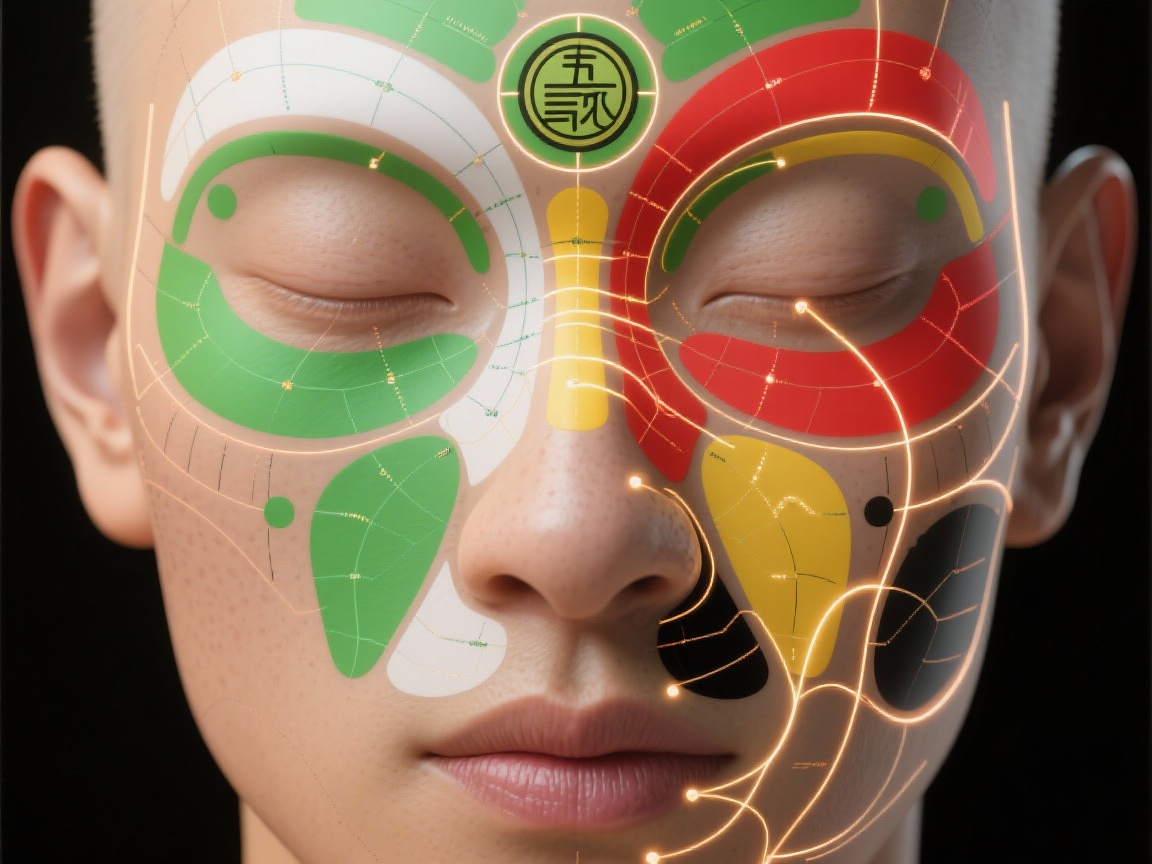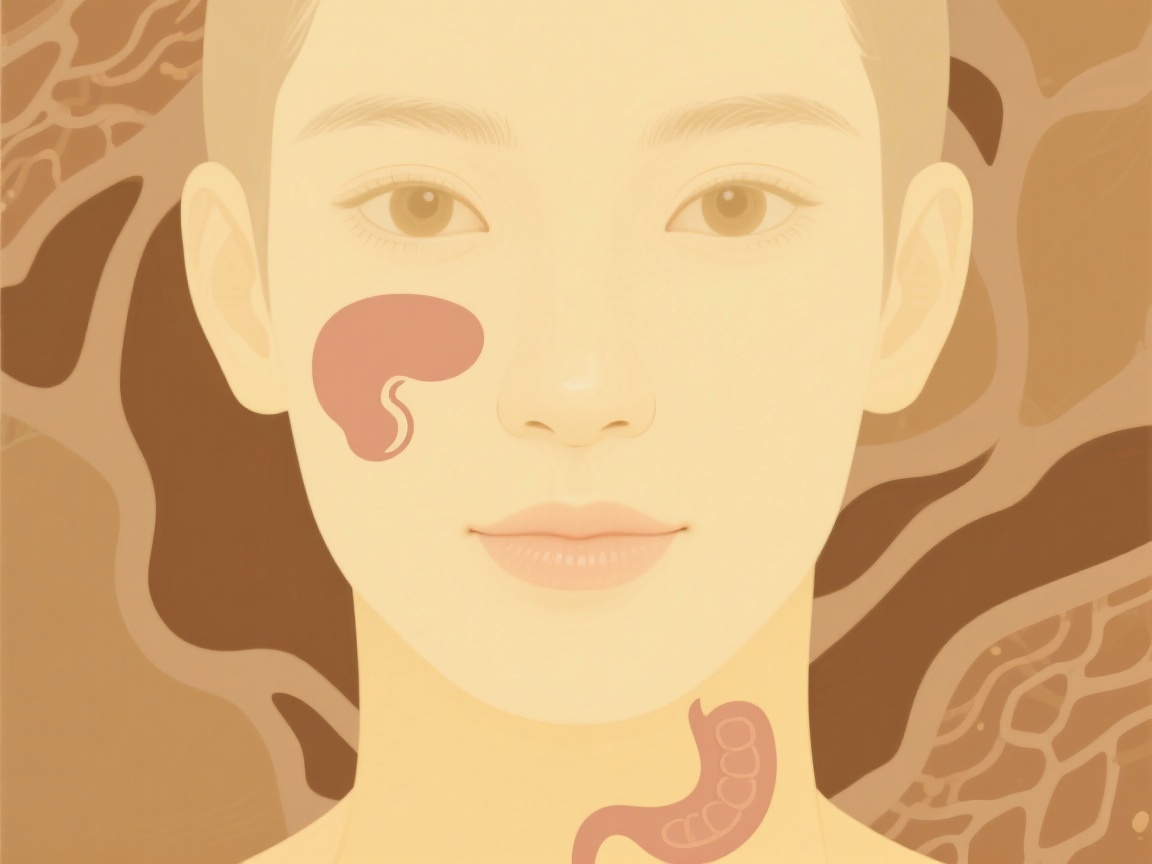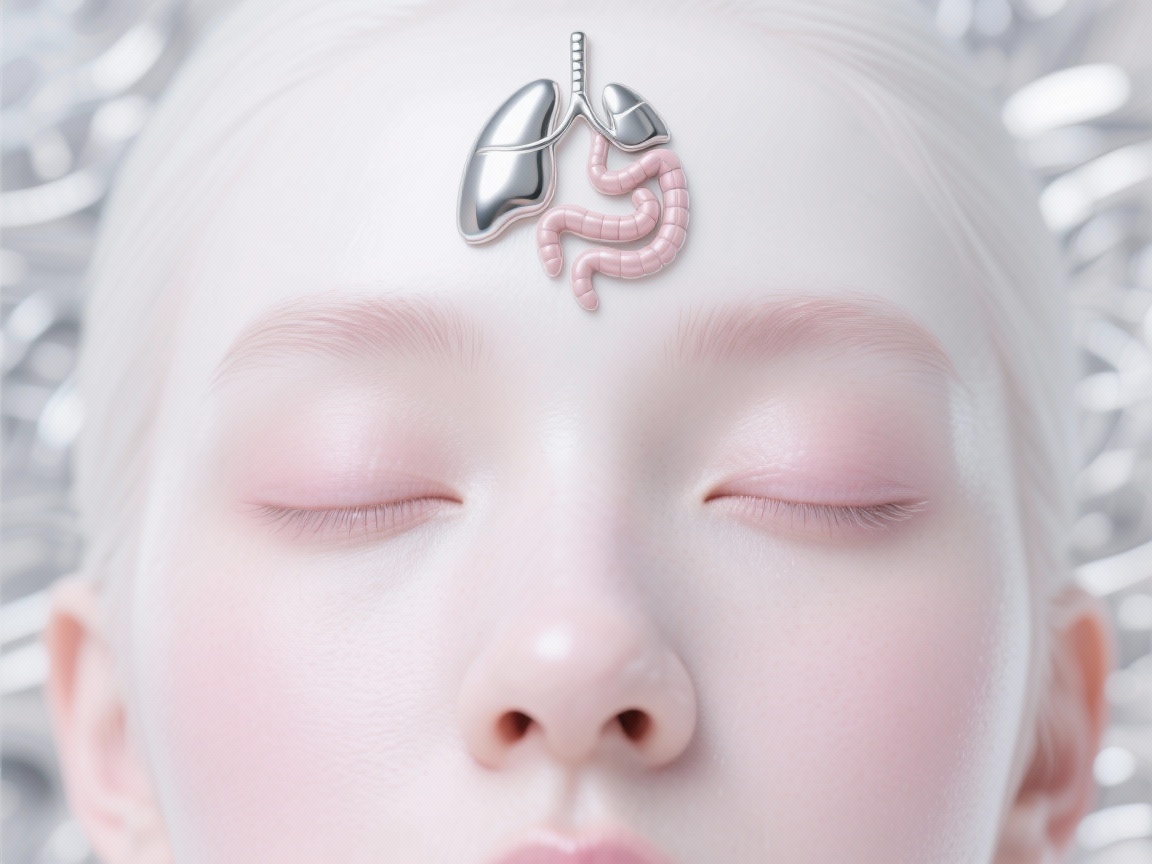Unlocking Your Body’s Secrets: The Five Elements Five Colors Map
In Traditional Chinese Medicine (TCM), the Five Elements Five Colors system is crucial for diagnosis. It involves observing facial and skin color shifts to assess your organ health. Think of this method like a car’s dashboard. It directly reveals your body’s internal engine status. These ancient observations offer profound insights.

Observe Your Skin: Decode Liver Health
Green, associated with the Wood Element, primarily relates to your Liver and Gallbladder systems. This color spans various shades, from light teal to a deep greenish-black. A truly healthy green appears vibrant and lustrous. It resembles the fresh, tender leaves of spring. However, pathological green often presents differently. You might notice a bluish-green face or purplish lips and nails. This indicates stagnant Liver blood. It also points to cold blocking your internal energy, much like a traffic jam in your body. Children might show a bluish face after fright. Adults with chronic liver or heart conditions frequently display this particular hue. Visible blue veins or bluish fingernails are clear signals of circulation issues.
Spot Red Flags: Understand Heart Balance
Red, linked to the Fire Element, specifically governs your Heart and Small Intestine systems. A normal, rosy complexion signifies robust heart blood. It also indicates excellent overall circulation. This healthy flush resembles the redness seen after a good workout. However, pathological red can manifest differently. It might appear as a flushed, “drunk-like” face. You could also notice distinct reddish cheekbones. This suggests excessive Heart fire. It also points to a deficiency of cooling Yin with rising heat. People with high blood pressure often exhibit a red face. Feverish patients commonly have conspicuously flushed cheeks. Heart conditions might also cause purplish-red lips.

Recognize Yellow Tones: Support Digestion
Yellow, representing the Earth Element, directly corresponds to your Spleen and Stomach. A healthy yellow tone is bright and subtly light. It appears similar to ripened wheat. When yellow becomes problematic, it often appears sallow or truly jaundiced on the skin. This signals a weakened Spleen and Stomach. It can also point to excess dampness and heat inside. Individuals with indigestion often have a yellowish complexion. Liver conditions cause yellow skin and eyes, known as jaundice. Poor nutrition can also lead to a dull, sallow appearance. Learn more about nourishing your digestive system at Strengthening Spleen & Stomach.
Notice Paleness: Boost Your Vitality
White, aligned with the Metal Element, governs your Lung and Large Intestine. This color signifies the Lung’s clearing and purifying functions. A normal white complexion should have a hint of rosy undertone. It appears much like a luminous pearl. Pathological white presents as a pale face. You might also see white lips and fingernails. It indicates weakened Lung Qi, or a deficiency of blood or Yang. Anemic individuals often display extreme pallor. Lung conditions can lead to a noticeable lack of vibrant skin color. Significant blood loss also results in a dramatic “paper-white” appearance. Explore boosting your vital energy at Tonifying Qi.

Understand Darkness: Nurture Your Kidneys
Black, associated with the Water Element, reflects your Kidney’s essence storage function. A healthy black appears deep and lustrous. It looks like shiny, dark hair. Pathological black manifests as a dark, dusky face. You might also notice prominent dark circles under the eyes. This suggests depleted Kidney Essence. It can also indicate impaired fluid metabolism. Patients with chronic kidney disease often develop a dark, sallow complexion. Long-term sleep deprivation frequently causes noticeable dark circles. Pigmentation changes can also appear during the natural aging process. Discover more about supporting kidney health at Warming & Tonifying Kidney Yang.
Astutely Interpreting: The Nuances of Color-Based Diagnosis
Deciphering the Five Elements Five Colors requires a holistic assessment. A person’s skin tone can naturally shift based on lighting or time of day. Crucially, always observe the color’s moisture, depth, and overall vitality. A vibrant color, even if unusual, suggests a better prognosis (PMID: 25484837). However, dull, withered colors indicate more serious health concerns (PMID: 29061618). Modern medical face observation shares many similarities with TCM’s Five Color theory. Both disciplines emphasize evaluating external signs to deduce internal health status and overall wellness. The ancient text *Huangdi Neijing* (The Yellow Emperor’s Classic of Internal Medicine) extensively details these principles, correlating external appearance with inner balance. (PMID: 33969562). This valuable wisdom helps diagnose various body conditions.

**References**
[Review of research on diagnostic methods in traditional Chinese medicine](https://pubmed.ncbi.nlm.nih.gov/25484837/) (PMID: 25484837)
[The Five Elements theory in Traditional Chinese Medicine for the treatment of diseases](https://pubmed.ncbi.nlm.nih.gov/29061618/) (PMID: 29061618)
[AI-based facial complexion analysis for health assessment](https://pubmed.ncbi.nlm.nih.gov/33969562/) (PMID: 33969562)
**Your 3-Second Body Check-Up!**
Stand in natural light, look closely in a mirror, and assess your complexion.
* If your face appears consistently pale or lacking luster → Immediately focus on nourishing Qi and Blood with warm, cooked foods like bone broth.
* If your cheeks are often excessively red or flushed → Immediately cool your system by sipping peppermint tea and taking deep, calming breaths.
* If you notice a yellowish, dull complexion → Immediately support your digestion with gentle herbal teas like ginger or fennel.
Medical Disclaimer:This article is for educational use only and is not a substitute for professional medical advice.